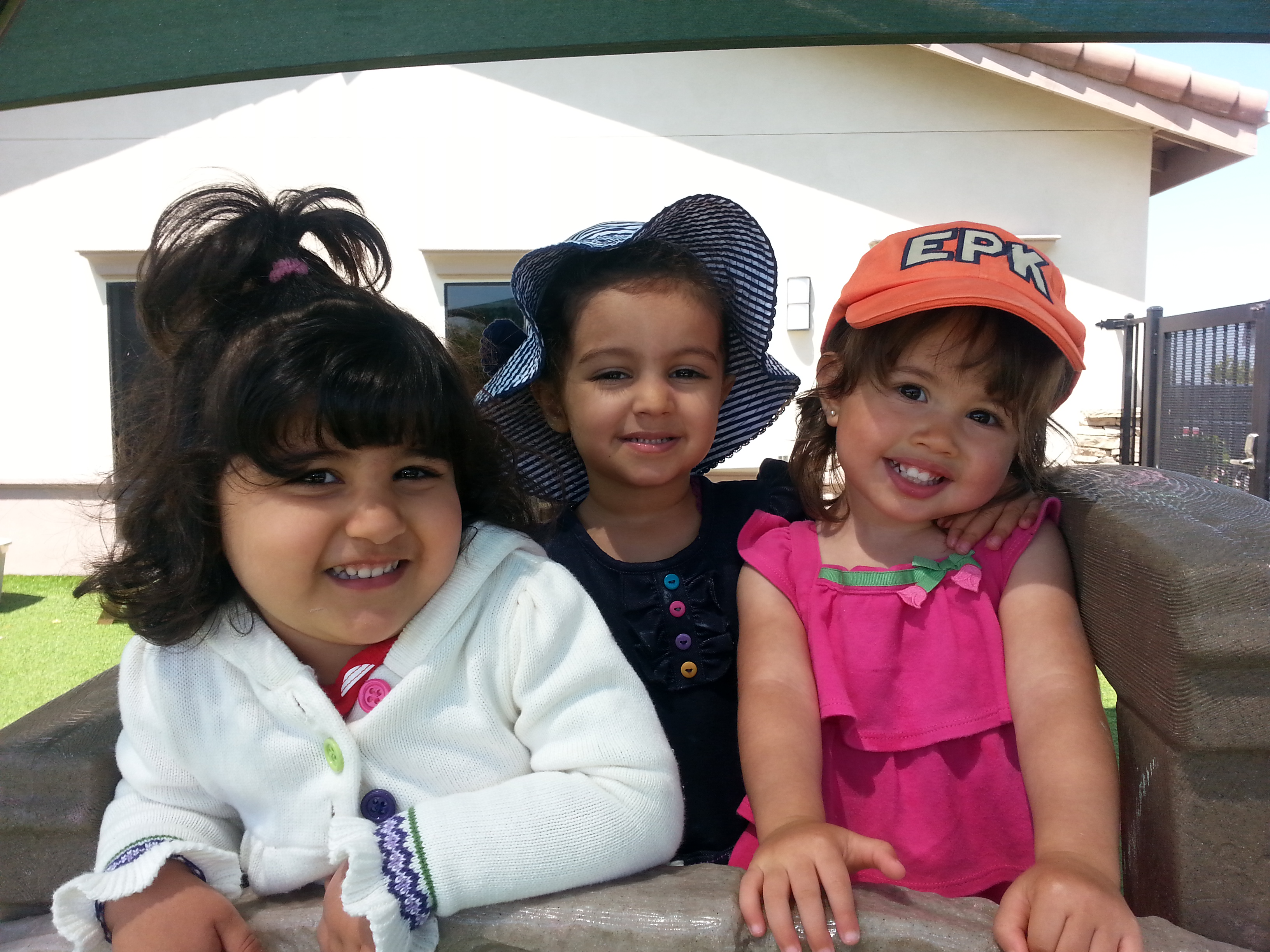(858) 759-0631
How we parents can encourage our little girls’ development through reading.
How can we help young girls break the mold and fearlessly be themselves? What specifics can we participate in together to build independent thinkers?
As parents, it’s hard to know what’s ‘normal’ anymore. The Internet, social media and changing mores have created an opportunity for parents to guide their children in new and more impassioned ways than ever before.
As an outgrowth, many mothers have asked how to create ways to teach their young girls how to encourage their individuality. They ask how can we transform flaws into sustainable talents—to determine what sets each girl apart and molds them into who they are, or can be.
In essence, how can we teach our preschool and elementary school girls to understand that it’s okay to be yourself no matter what anyone says?
For example, although science, technology, engineering and mathematics (STEM) careers will flourish in the next decade, we are graduating precious few young women in these lucrative and sustaining positions. Nearly eighty per cent of all jobs in STEM—of which tens of thousands are ‘open’ positions right this minute—go to men.
As educators, we should provide positive role models for girls while challenging issues all around them. How we teach our children to deal with social pressures in school, as well as issues with parents, may give our kids the ability to realize they are not alone and that they can do just what they want while keeping their personal values intact.
Many ‘young girl’ books have been published to help teach our children how to rise above conformity or age-old stereotypes about ‘what girls like’ or ‘what girls should be.’
Some of these publications are well known: “Madeline,” “Imogene’s Last Stand,” “Stand Tall,” “The Princess Knight,” “Judy Moody” and “Not All Princesses Dress in Pink.” The moral of these stories are not in the mold of shattering the glass ceiling by crashing boy clubs; rather, they are stories that empower self-esteem and develop leadership skills to find your voice and create powerful change.
By educating, inspiring and equipping girls with skills and resources, they will learn to ‘dream big.’ Isn’t that what we want for our children?
Dr. Maria Montessori, founder of the Montessori Method, was the first doctor in the country of Italy. Do you think she faced pressures throughout her working life to step aside, step down, step away or step back?
Of course she did. Despite the pressures around her, however, her life’s work was a whole-child based focus that has successfully educated millions of school children for more than a century.
For preschoolers, modeling and mimicking are part of the learning process. Older children act as mentors to younger ones. By working through obstacles, our children work through challenges and encourage their beliefs in themselves and the world around them.
Parents, too, can set a strong example: following through on our words and actions to achieve success by overcoming our weaknesses and handicaps. By talking the talk and walking the walk, we can teach our children to progress to ‘I know I can’ from ‘I think I can.’
Our children need time to dream, touch, feel, construct, build, develop roots and connect with the world around them. They need us to tell them: “Go ahead, try it, see what happens.”
Girls especially need to know that they can speak their minds, share what they really feel and take action regardless of the possibility of failure. And, as parents, we need to tell them that we’re happy they attempted the task--rather than its success or failure.
At Lifetime Montessori School, we encourage our girls to think big and say, “I can. There is a way.” That is how we help create real girl power.
Blog Cateogry:
Featured Image:

